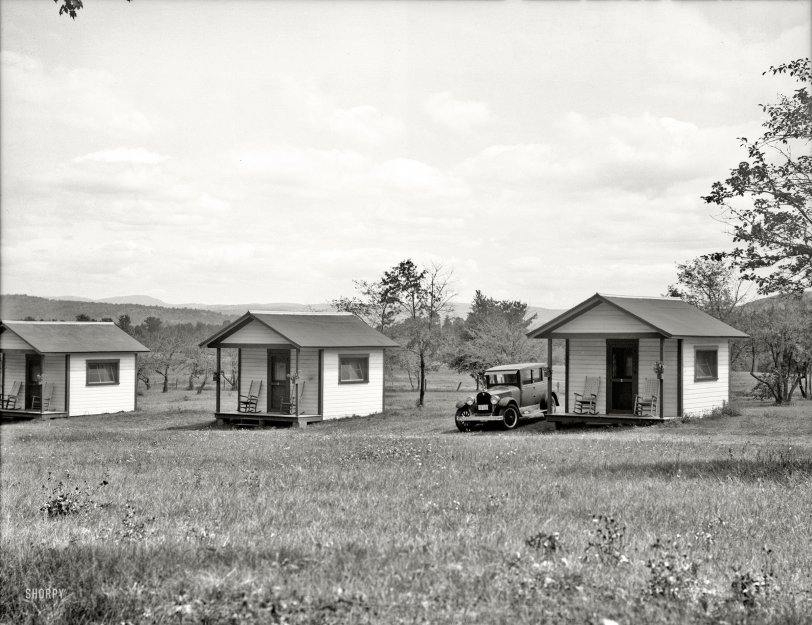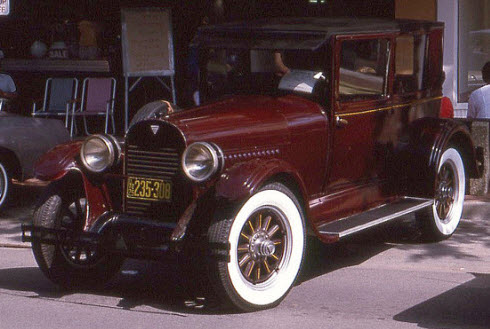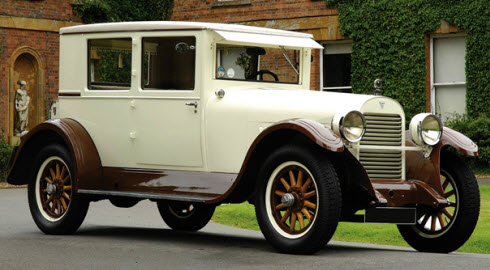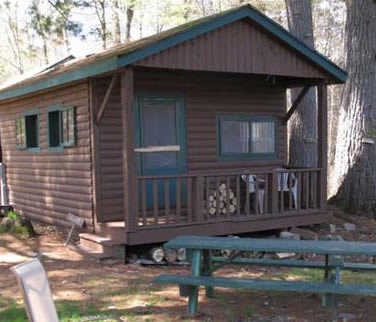


Framed or unframed, desk size to sofa size, printed by us in Arizona and Alabama since 2007. Explore now.
Shorpy is funded by you. Patreon contributors get an ad-free experience.
Learn more.

- Roll your own
- Rugged and real!
- A Charles Purcell - Mama Cass Connection
- Uncle SAAM
- Obfuscation
- One Chocolate Soldier rode away
- Victor Marquis de la Roche
- The Little House Across Way ...
- Vanderbilt Gates
- Vanderbilt Mansion
- You can still see that gate
- Withering heights for me
- So Jim,
- Top Heavy
- Re: Can't Place It.
- Bus ID
- Since you mention it
- The White Pages ?
- Moonlight Tower
- 1907?
- Fire(men) and Water
- Can't Place It
- Can anyone
- Wings
- Where's Claudette and Clark?
- Overbuilt Rolodex
- One song
- Give Me Wings Please!
- PRR
- Pinball Wizards
Printporium
Overnight Parking: 1936

March 1936, somewhere in Georgia. "Tourist cabins." Medium-format nitrate negative by Walker Evans for the Resettlement Administration. View full size.
Hudson Coach
The car shown is a Hudson, and although at first it might seem that the exact year is hard to pin down, there are some specific model year clues shown in the photo.
The multi-tiered fenders were not used before June 16, 1924 and drum style headlights were not used after December 31, 1926.
Hudson's March 1925 changes to this model included updating the windshield glass to follow the curve of the cowl at the base (instead of rectangular shaped windshield glass) and thinner windshield pillars.
Therefore the car was built between June 16, 1924 (1924 second series) to sometime in March 1925 when the Coach body style was updated to the second series.
The body syle is what Hudson called a Coach. Although it looks like there are doors behind the driver's door, there is no door handle. The body style is a two door.
Cost of the Coach was $1,500 in June 1924, $1,395 in October, and later (probably January) to $1,345. The weight of the Coach was 3,385 pounds, and it used 33 x 6.20 balloon tires until January 1925 when the size was changed to 33 x 6.00.
When the second series 1925 Coach was introduced the price fell to $1,250, and it was dropped to $1,195 in August and $1,165 in October. This was one of Hudson's best years with the company reaching 3rd place in the industry (behind Ford and Chevrolet).
A second series 1924 Coach and a second series 1925 Coach are shown below for comparison. The 1924 has optional cowl lights. The 1925 has accessory white wall tires that look too wide.


Windows '36
You are correct, bellaruth. Those are "hopper-sash" windows and often had a chain-hook open/stop arrangement so that one could control ventilation and, to a certain extent, keep out rain.
It Happened One Night
Straight out of my forever favorite movie!
A Hudson
The car is a mid to late '20s Hudson Super Six sedan.
North Georgia
The rolling hills and small mountains in the distance can be seen in north Georgia. Possibly state road 441 that tourists would use coming in from the north.
Precursor of motels
These cabins still existed in the late 1950s and early 1960. I remember staying in one such in Front Royal Virginia, during a trip to the Skyline Drive. I've even seen a couple making a comeback in the past few years on "blue route" (backroad) trips in the rural areas. They were always clean, private and usually had access to a good diner for a meal.
Cabins
The last tourist cabin business in our county closed some 20 years ago. It was right next to a pretty rough road house and rented out the cabins by the half hour.
AKA: Housekeeping cottages
They're still prevalent in many tourist areas of Maine.

An outdated solution
to a problem that superhighways and faster, more reliable autos has pretty much taken care of. Route 20, was, for many decades, the major east-west connection between Albany and Buffalo. The sometimes two day trip in old rattletraps with stiff suspension often made these roadside cabins a much welcome sight, and provided a livelihood for many a rural family. The crumbling remains of several such rest stops are still evident; a few are even being restored to service the modern travelers looking for a more laid back, and cheap, vacation.
The flowers are a nice touch
I like the flower box attached to the front porch, but why are the windows tilted? I've never seen that before. My guess is so you can open the window during a summer storm and not get the floor wet.
[Because it's cheaper than casement windows. - Dave]
Tourist Cabins
Or, as they were known to bluestockings everywhere, places of potential illicit assignation.
























On Shorpy:
Today’s Top 5